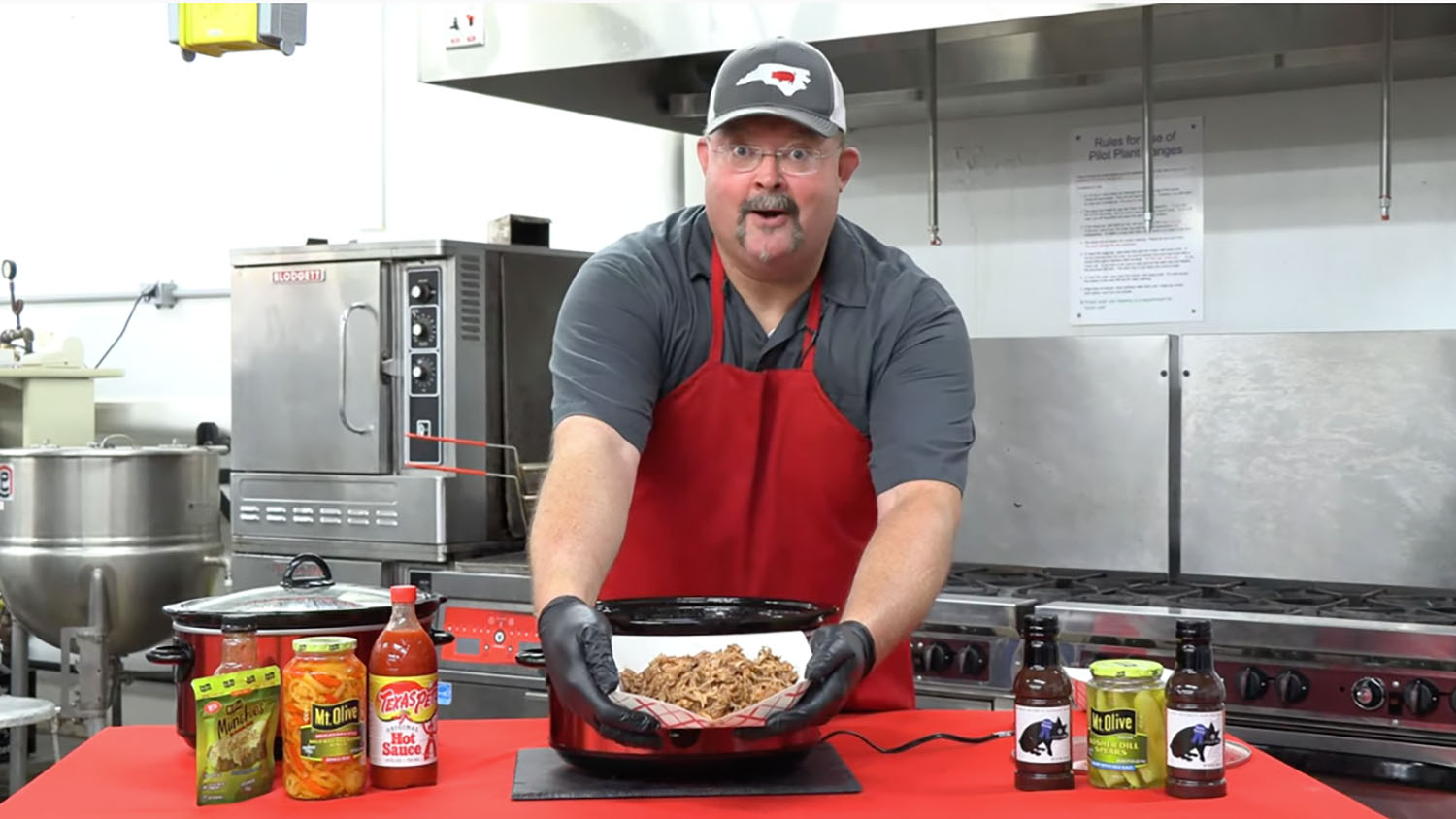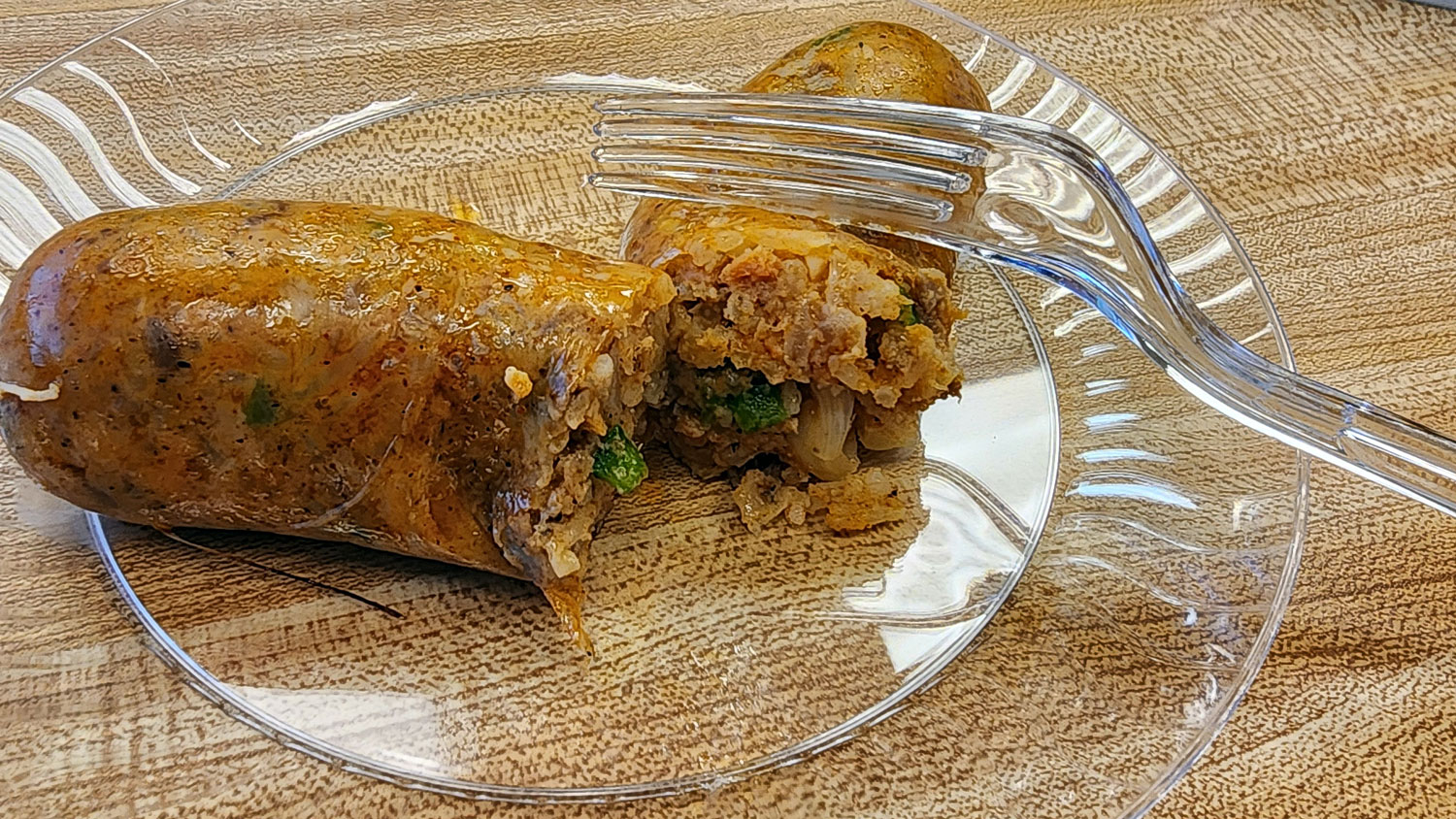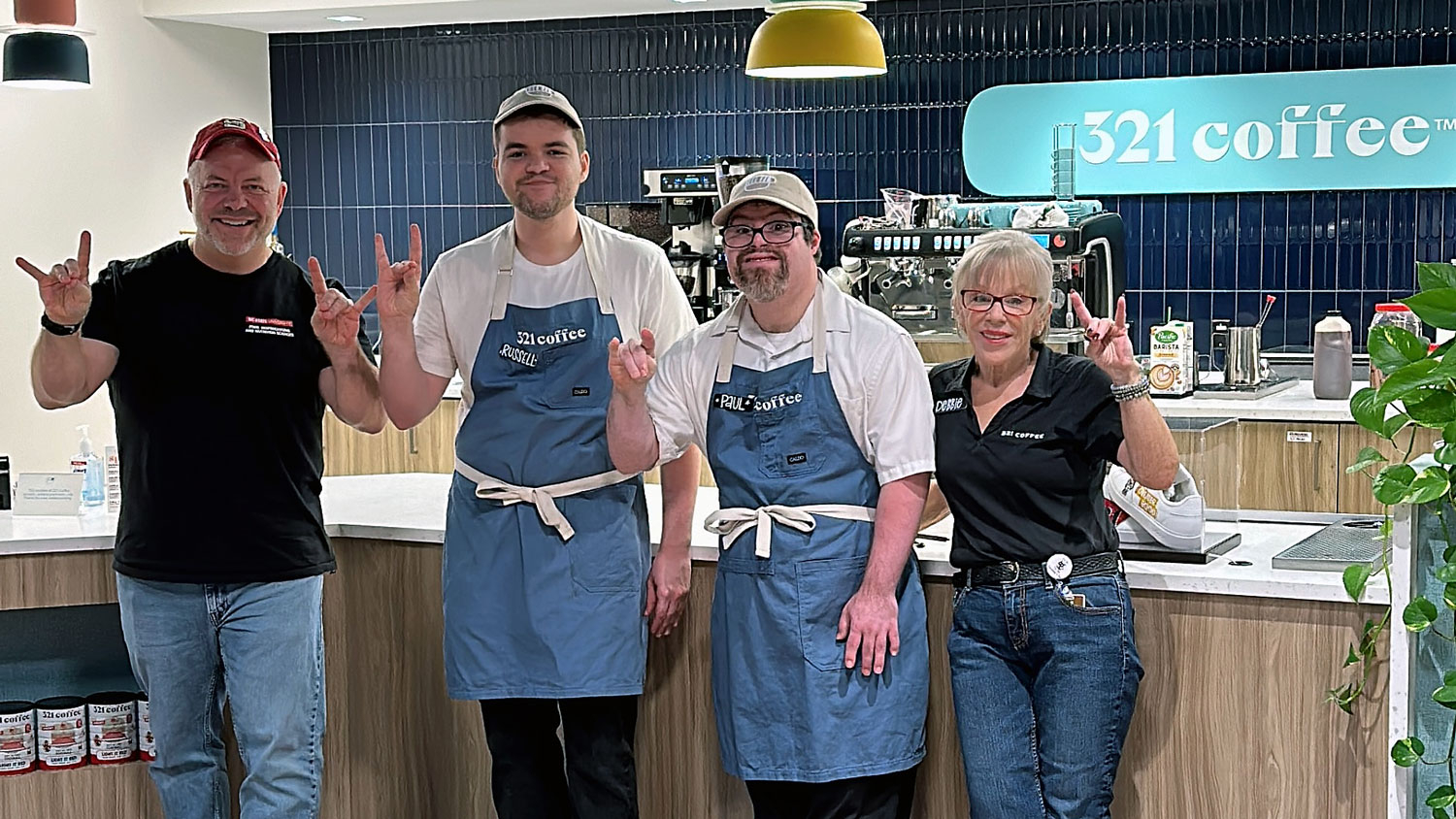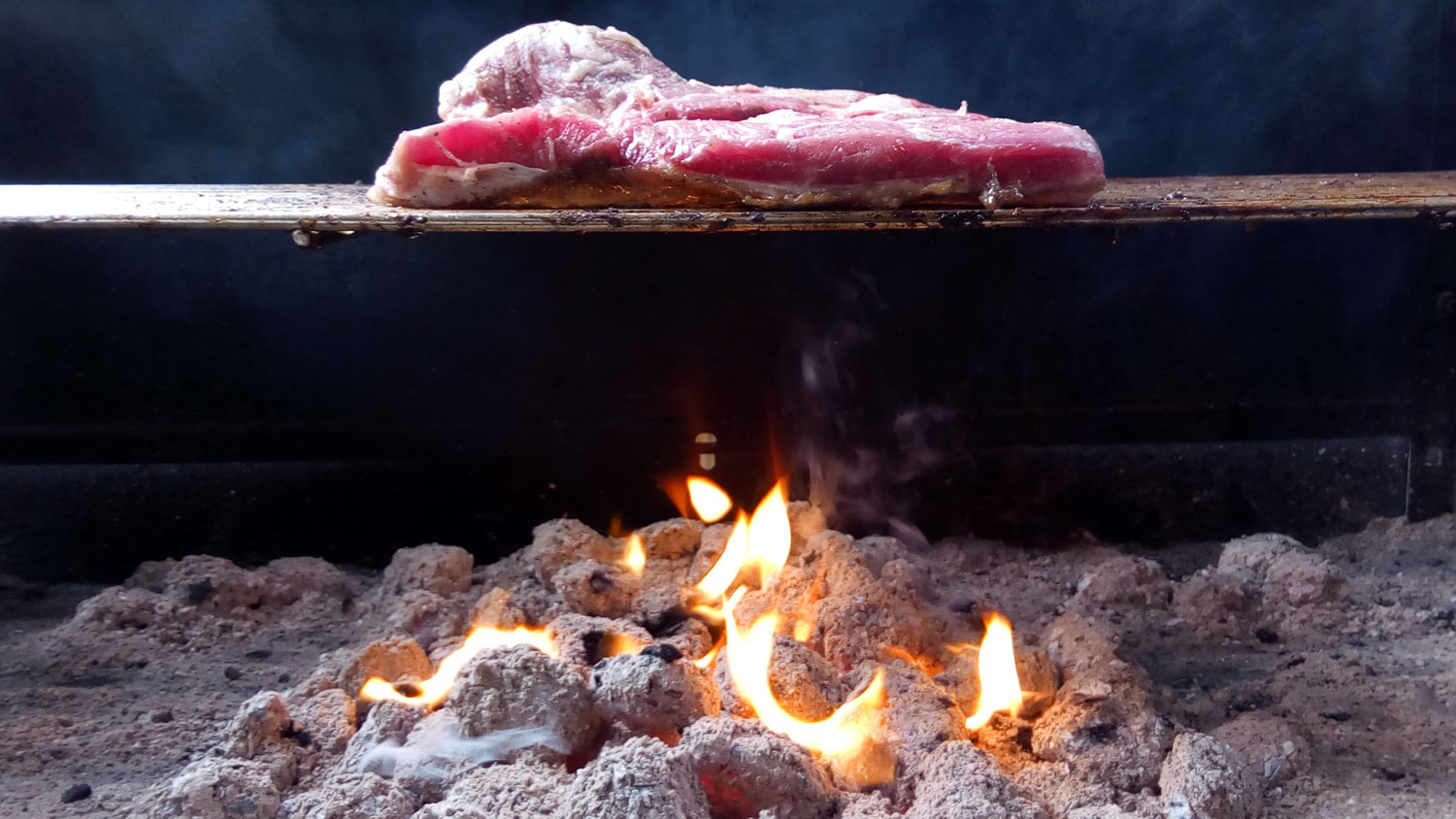Get Grilling With These Barbecue Essentials

As an Extension Meat Specialist for NC State University, Dana Hanson, unsurprisingly, knows a lot about meat. But his eyes really light up when he starts talking about barbecue.
The pitmaster behind NC State BBQ Camp, Hanson, an associate professor in the Department of Food, Bioprocessing and Nutrition Sciences in the College of Agriculture and Life Sciences, has found that the universal love for all things smoked meat is a great way to connect people with how their food is made and where it comes from.
We caught up with Hanson to talk about 10 years of BBQ Camp (which takes place May 30-June 1), Howling Hog Barbecue Sauce and the debut of Howling Hog Pack Magic BBQ Rub.
What was the genesis for NC State BBQ Camp?
I had a former graduate student who was from Texas, and he was like, ‘We should do a barbecue camp. Texas A&M does a barbecue camp down at College Station. Maybe … we could do something like it.’ I was like, ‘Let’s do it.’
But we’ve kind of morphed it into what we think works for us. So, we do a little of everything. We talk about briskets and spareribs and all the other things that are barbecue. But one of the things that’s unique to North Carolina barbecue camp is that we do a whole hog pig pickin’ session or two or three, because that plays more to what really goes on in North Carolina.
What’s the reception to the camp been like over the last decade?
When we first started, I had to literally beg 15 people to come. At last count, I think we had over 200 people on the wait list. We’ve kept attendance at around 25 people over the years, but this year we’re going to do it for 40, with the intent to try to whittle some of the names off the wait list.
About 99% of our attendees are backyard barbecue enthusiasts. And then of that, half are NC State alumni who are just fired up to come back to Raleigh. Then the other half are people who have heard about the camp. And the crazy thing is, I don’t know how the word has spread, but we’ll have people from Boston to LA to Chicago and everywhere in between. I have to say, every year, I’m just amazed.
How did Howling Hog BBQ Sauce get started?
The sauce actually came before barbecue camp. It all started in 2010 with a research and development contest hosted by the American Meat Science Association at a conference in Texas. I had a group of students who were gung-ho to go, and I said I’d help them pull this together. They did what they called the “Q-tini,” which was chopped up barbecue in a martini glass with a little dab of beans and a little dab of coleslaw and then topped off with a skewer of okra instead of an olive. And the sauce they made for the barbecue really sealed the deal and they won the contest.
The idea for the sauce simmered for a while, but eventually we said, ‘Let’s make it — let’s see if we can commercially get something out there.’ And Howling Hog barbecue sauce debuted at the university’s Howling Cow Creamery in 2020.
What’s the flavor profile of the sauce?
In North Carolina, specifically, there are two styles of sauce: There’s an Eastern sauce and a Western sauce. The sauce characterized in the East is vinegar and hot red pepper flakes and black pepper. It’s really just a thin vinegar base. Then, in the West, it tends to be similar, but they’ll jazz it up a little bit with more of a thicker tomato-base. Howling Hog is a little thinner, like an Eastern sauce, but it’s got a lot of tomato in it, so it’s really a Western sauce. We like to say it’s where East meets West.
What are the best types of meats to pair with Howling Hog Barbecue Sauce?
We designed the sauce for pork barbecue, but it’s actually better on chicken. My favorite way to use it — and the recipe is on the bottle — is to take a bottle of the sauce and a whole chicken and cut it up into parts. You take the skin off, put it in a crock pot, pour the sauce on it, and turn it on. Come back later and serve it over rice. It’s awesome.
Another really good way to use the sauce is to cut it with the famous North Carolina barbecue sauce, Scott’s. If you do kind of a 50/50 mix with Scott’s and Howling Hog, it’s awesome. The two together on pork is my version of ideal.
If you want to do chicken quarters on a charcoal grill and then just use it as a basting sauce, it’s fabulous as well.

Now you’re launching Howling Hog Pack Magic BBQ Rub this summer.
We’re debuting Pack Magic BBQ Rub at barbecue camp and then it will be available later this summer at Howling Cow Creamery. It’s a good, basic meat rub for everything, but it was designed first and foremost for brisket.
This rub is really simplicity in a bottle. I used to always kind of come with the idea that more is better. More spice, more complex, more heat, more whatever. But the longer I’ve done it, the more I realized, really, the key is the meat and the smoke and the barbecue method that you use. The dry rub is there to deliver some salt and pepper and background flavor, but it’s really about letting the meat do the talking.
What’s the best part of embracing all the barbecue lovers out there?
Barbecue is a magic foot in the door to get the conversation started. It helps me tell the story of the importance of North Carolina agriculture and the farm-to-fork continuum. In North Carolina, we have some of the top hog producing counties in the country: Duplin, Sampson and Bladen counties. And you know what? That meat might find its way to your plate at a barbecue joint that you like. It starts with barbecue, but it trickles down to all these people in rural North Carolina who are working to make food for you.
This post was originally published in College of Agriculture and Life Sciences News.


